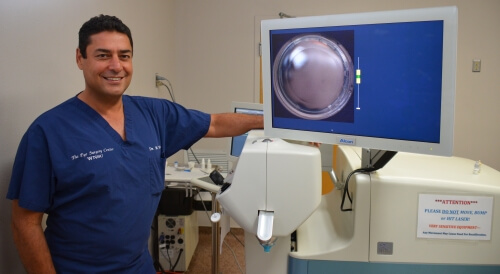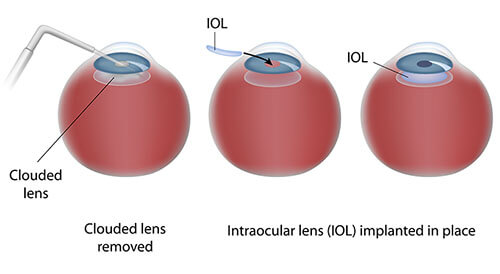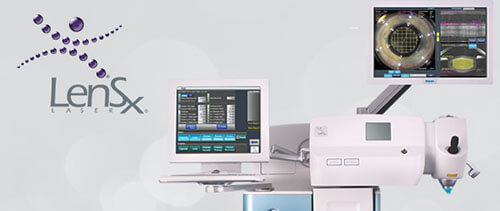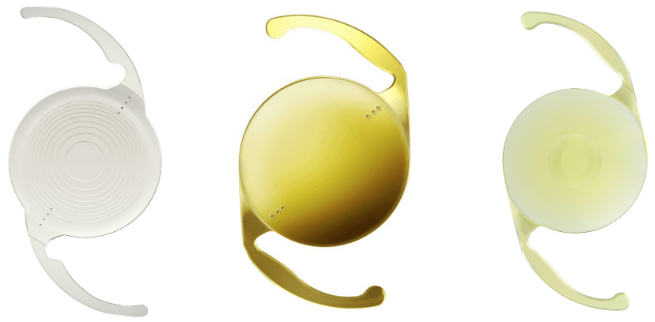Cataracts
Cataract Surgery in Reno and Minden, Nevada
Causes of Cataracts
There are many causes of cataracts, including congenital (acquired at birth), trauma, drug toxicity and diseases such as diabetes. However, the most common types of cataracts are age-related. This natural aging process causes the lens of the eye to become cloudy and thus impairs vision. As this process progresses, glasses and contact lenses will no longer provide the clarity of vision that patients are accustomed to.
Common Cataract Symptoms
- Blurred distance vision which is especially noticeable at night or when watching TV.
- Difficulty reading, especially small print and in poor lighting conditions.
- Sensitivity to glare which can cause difficulty driving into the sun, driving at night with oncoming headlights or seeing the golfball against a bright sky. These changes can occur in absense of other visual changes.
- Night blindness due to less light getting through the lens.
- Loss of depth perception causing the patient to bump into objects while walking or driving.
- Loss of color vision causing objects to be washed out or have a yellow hue.
Recent Advances in Cataract Surgery — Refractive Cataract Surgery


ORA — Taking Precision to a Whole New Level

LenSx — Laser-Assisted Cataract Surgery
The advantages include more accurate reduction of mild astigmatism, more stability and predictability of refractive outcomes, and more gentle on tissues during surgery.

Premium Intraocular Lenses (IOLs)
While not for everybody, premium IOLs are designed for the cataract patient who desires to be less dependent on glasses after surgery. Contact us to determine if you are a candidate.

Secondary Cataracts
No, cataracts do not grow back after surgery. Patients can, however, experience blurriness due to secondary cataract formation when the natural lens capsule left behind becomes cloudy and impedes vision. This is treated with a very simple laser procedure called YAG capsulotomy, which creates a hole in the capsule which allows light to pass through unobstructed once again.
The procedure takes less than a minute to perform, and patients are typically seeing better the same day.
